Pentagon Automation Concepts offers a complete & comprehensive set of solutions for detection of fire at incipient stage, so that major outbreaks of
fire could be prevented by appropriate measures. These systems mainly comprise alarm initiating devices, alarm notification appliances, control units
and fire safety control devices. Annunciators, power supplies and wiring are also parts of these systems.
Available with us is a world-class range of Fire Alarm Systems that are active in providing protection against fire.These systems are assured to feature
superior functionality;whilst detecting fire or effects of fire promptly and accurately.These systems mainly comprise of Micro controller based panels,
Smoke Sensors,Beam Sensor,Response Indicatiors,Manual Call Points,and Hooters.
There are two-types of systems available in market,They both are technically different in indicating the alarm:
1) Conventional detection System.
2) Addressable detection system.
After the detection of fire, these fire alarm systems perform the following functions:
* Notifies the occupants
* Notifies persons in the surrounding area
* Summons the fire service
* Controls all the fire alarm components in a building.
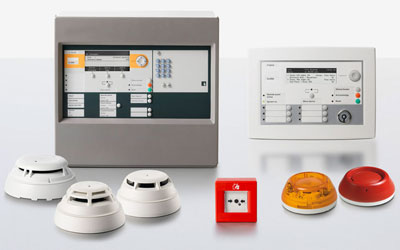
A fire Detection system has a number of devices working together to detect and warn people through visual and audio appliances when smoke, fire, carbon monoxide or other emergencies are present. These alarms may be activated automatically from smoke detectors and heat detectors or may also be activated via manual fire alarm activation devices such as manual call points or pull stations. Alarms can be either motorized bells or wall mountable sounders or horns. They can also be speaker strobes which sound an alarm, followed by a voice evacuation message which warns people inside the building not to use the elevators. There are two-types of systems available in market, They both are technically different in indicating the alarm: Conventional Fire Detection System. Addressable Fire Detection System. Wireless Fire Detection system. Read More
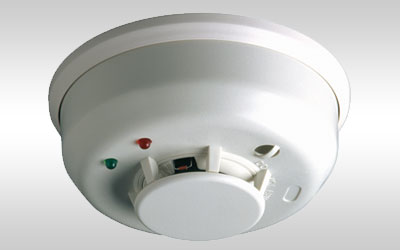
Alarming is an important component of fire fighting. This process involves triggering either sound or light or both upon sensing the smoke or ignition. Role of Fire Alarm Systems have become very crucial with the inclusion of advanced technologies & sophisticated tools in the business settings. Human monitoring is not possible round the clock and sometimes hidden or deep ignition cannot be detected timely which causes the spread of fire.
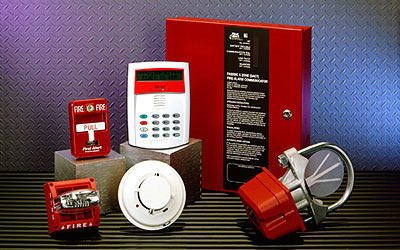
This emergency voice communication system or Fireman Telephone System is dedicated systems for originating and distributing voice instructions and alert/evacuation signals pertaining to fire emergencies. It is used as a fire telephone system, disabled refuge call system or as a combined system when both fire telephones and disabled refuge points are required. The standard states that where both systems are fitted to a building these should form a single system. This is a fixed, secure, bi-directional, full duplex voice communication system to assist fire fighters during emergencies in high rise buildings or large sites where radio communication cannot be guaranteed to work due to interference from the fire corona.
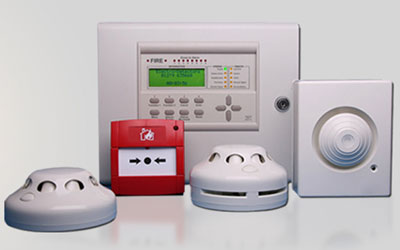
Notification is normally used to inform responsible persons as fast and effectively as possible and allow them to take measures or summon people to a designated site. It was originally used mainly by civil defense operational centers and rescue forces in emergency situations, but today, it is also used by offices, banks, industrial plants, and others in ordinary, non-emergency situations. It provides all users with the same benefits – process automation, efficient and unmanned operation and, most importantly, significant time saving in situations when time plays a crucial role.
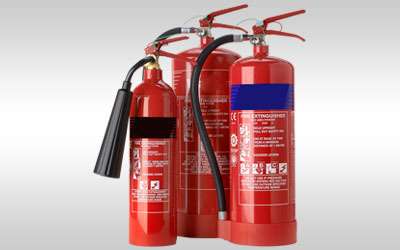
Evacuation plans are developed to ensure the safest and most efficient evacuation time through limited visibility conditions of all expected residents of a structure. A benchmark "evacuation time" for different hazards and conditions is established. These benchmarks can be established through using best practices, regulations, or using simulations, such as modeling the flow of people in a building, to determine the fast and complete evacuation.










Designed by EncureIT Systems | Copyrights 2016. All Rights Reserved.